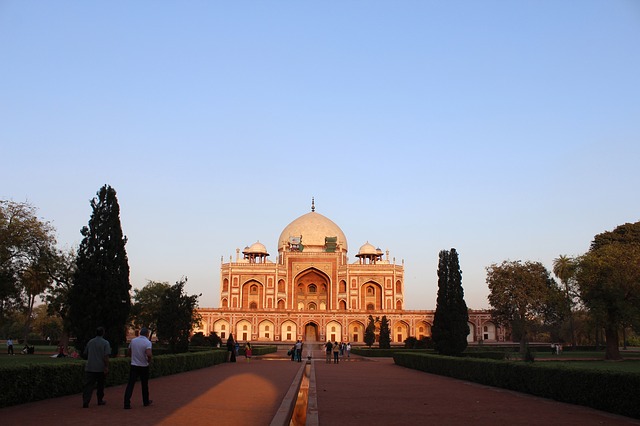100 years of Delhi
In Dec. 2011 Delhi completed 100 years of India’s capital. The thought of visiting the bygone era and what has remained fills my heart with excitement. Delhi has been a city of extreme importance. Right from the time of Mahabharatha, when it was known as Indraprasthatha and served as the capital city of the Pandavas to the reign of Prithviraj Chauhan in the 11th century.
Soon after the attacks from Muslim invaders, the fate of Delhi took a turn for worst. It was in tumult for most part of the 12th and 13th century. It is only after coming of the Mughals that the city took a sigh of relief but it was just an interlude.
Delhi saw her worst days when the Mughal Empire was in decline in the 17th century. Nadir Shan from Persia (present day Iran) romped the city to dust. It took him almost six-seven months to reach Delhi and plunder it. On the way to Delhi, he conquered Ghazni, Jalalabad, Peshawar and the Punjab.
Muhammad Shah (also known as rangeela) was the ruler of Delhi at that time. He sent a huge army, which was double the size of Nadir Shah’s army to stall his easy march. But it was not to be. Nadir Shah was such a fine warrior that the King lost his finest men in the battle of Karnal in 1739. When it was clear that it is impossible to stop Nadir Shah from invading Delhi, Muhammad Shah met Nadir Shah in his camp and handed over the keys of Delhi Gate and entered the city with him.
To begin with the relations were cordial between the two emperors. But rumours of Nadir Shah’s assassination led to attacks on Persian forces in which close to 900 soldiers were murdered. Soon after all hell broke loose, Nadir Shah slaughtered Delhi’s populace like animals and at least 30,000 people died. Soon they began looting the Mughal treasury and anything or everything they could lay their hands on. Right from the famous Peacock Throne to diamonds, elephants, horses and everything they liked they took them. To restore order, Muhammad Shah had to marry his daughter Jahan Afruz Banu Begum to Nadir Shah’s youngest son.
Such was the amount and value of the wealth looted by Nadir Shah that he ordered there would be no tax on his people in Persia.
After the invaders from Persia, it was the British who occupied Delhi. They started the construction of New Delhi and built some of the finest buildings that one can see in Delhi. But it was during the Mughal period that Delhi got some of the most beautiful architectural wonders. Here are a few well known landmarks of Delhi.
Humayun’s Tomb
Hamida Banu Begum built this mausoleum for her husband Humayun in 1569 after three years of his death. The monument is located on the Mathura Road and is open from sunrise to sunset. Entry fee to Humayun’s tomb is Rs. 10 for Indians and citizen from SAARC nations; others need to pay $.
Jama Masjid
Perhaps one of the most beautiful mosques in India, Jama Masjid was built in 1658 by Shah Jahan. The mosque is located in Old Delhi. A visit to Jama Masjid can be combined with Red Fort. Entry is free though one has to pay for taking photos. The best way to reach Jama Masjid is to take a metro train from Rajiv Chowk to Chawri Bazaar and make your way through the busy bazaar of Chawri Bazaar.
Red Fort (Lal Quila)
Besides being the iconic monument of Delhi, Red Fort was the nerve centre during the decline of Mughal empire. It was built by Shahjahan in the 17th century. There are quite a number of beautiful buildings inside the fort that you can explore. Some of them are Moti Masjid, Diwan-i-Aam, Diwan-i-Khas and Nahr-i-Behisht. Entry fee is Rs. 10 for Indian nationals and $5 for foreigners. It is open from Tuesday to Sunday. Entry is free for children up to 15 years.







Hey, this is really cool info about Delhi’s history.